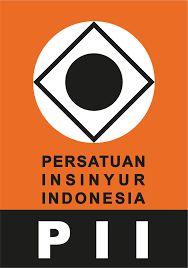The Utilization of Drill Cutting Waste for Brick Manufacturing
DOI:
https://doi.org/10.52005/ijeat.v3i2.63Keywords:
Drill Cutting Waste, Brick Manufacturing, Soil StabilizerAbstract
Chevron Geothermal Salak, Ltd (CGS) as one of the Geothermal Power Plants, to increase geothermal reserves, CGS conducts drilling and as is well known this activity produces a lot of drill cutting waste material so that it can quickly fill the temporary storage area. To overcome this, efforts should be made to reduce and / or utilize the waste. The effort is to use the material as a mixture of brick manufacturing. The purpose of this study is to be able to know the use of drill cutting waste as a raw material for brick manufacturing, to know the properties or characteristics and quality of drill cutting waste, and to be able to know the composition of the drill cutting waste mixture for brick manufacturing. The compositions used is drill cutting waste, soil stabilizer, and cement. In this study the compressive strength test was carried out at a maximum age of 28 days. It aims to find out the best mixture composition in the brick manufacturing, so that it gets high quality and can be used in the field. The results of this study can be concluded that by utilizing drill cutting waste as a material for making concrete blocks, it has achieved a compressive strength of 21.74 MPa that meets the quality requirements of concrete bricks in the quality level category IV. The brick products produced from the use of drill cutting can be used for drainage channels, trash container, pond walls, and retaining wall.
Downloads
Published
How to Cite
Issue
Section
License
Copyright (c) 2022 INTERNATIONAL JOURNAL ENGINEERING AND APPLIED TECHNOLOGY (IJEAT)

This work is licensed under a Creative Commons Attribution 4.0 International License.








